Understanding Horse Manure Disposal
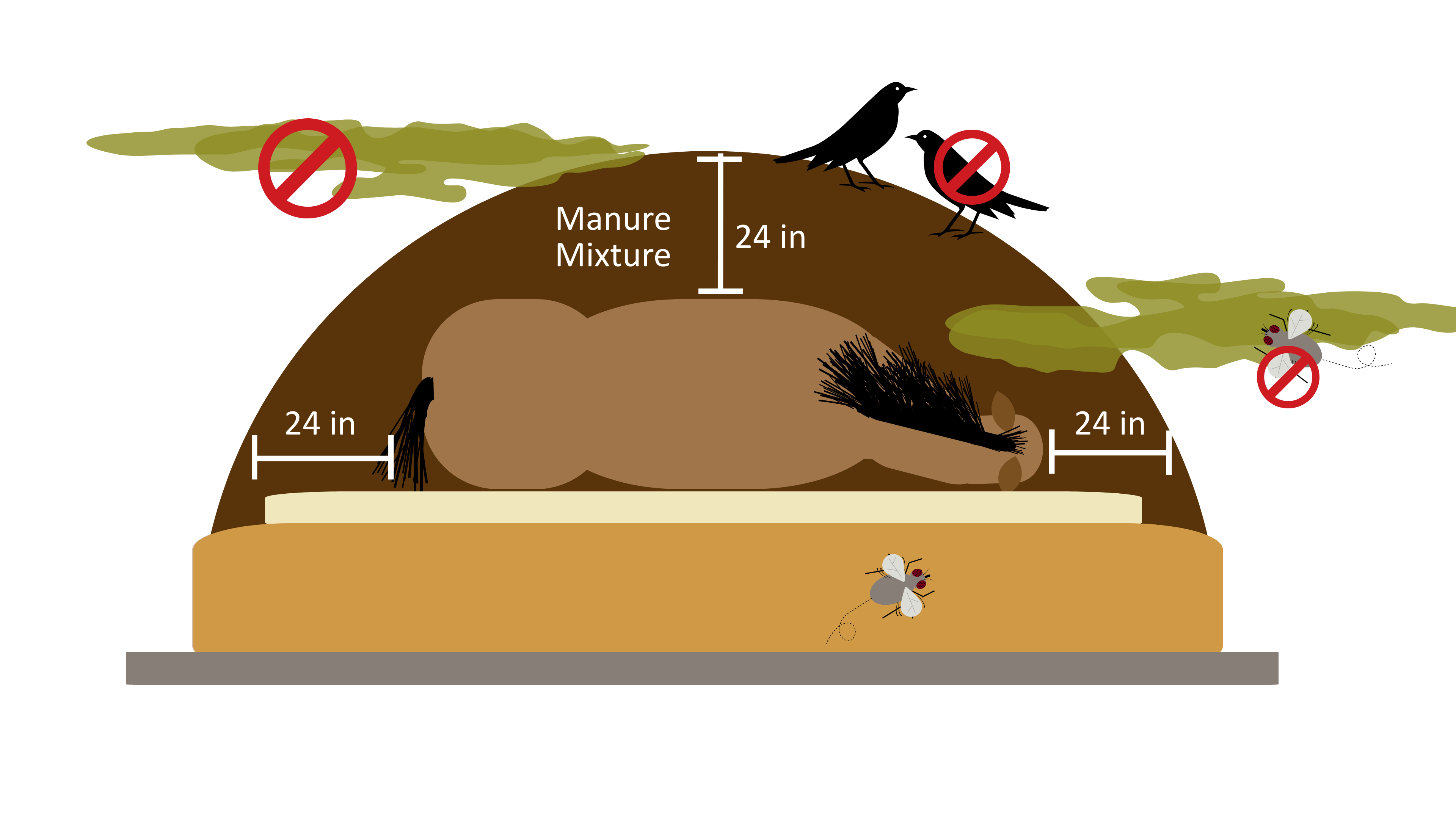
When it comes to maintaining a clean and healthy environment for both horses and humans, managing the byproducts of equine care is crucial. Horse manure disposal is not just a matter of stable hygiene; it has significant environmental implications. Proper disposal techniques ensure that this natural waste does not become a pollutant or a nuisance.
For effective horse manure disposal, there are two primary options: managing it on-site or hauling it off-site. On-site management often involves composting, which can be conducted using the pile method for larger operations or the shedrow method for smaller setups. Should you choose to remove waste from your property, commercial composting facilities may accept manure for a fee, while some local farms and nurseries may take it at no cost. It’s important to consider landfill tipping fees and local farm waste disposal practices before deciding on the best course of action.
The Importance of Eco-Friendly Manure Management
Implementing eco-friendly manure management practices is essential for reducing waste, conserving resources, and maintaining a sustainable environment. Thoughtful disposal strategies minimize the potential for water contamination, reduce greenhouse gas emissions, and prevent the spread of parasites and diseases.
Horse Manure Environmental Impact
Without proper management, horse manure can negatively affect local ecosystems. It can contribute to water pollution through runoff and release potent greenhouse gases as it decomposes. Responsible disposal methods are key to mitigating these environmental risks.
Enriching Soil with Horse Manure Compost

Recycling horse manure through composting is an excellent way to manage stable waste sustainably. This process not only reduces the volume of waste but also allows for its conversion into a nutrient-rich resource that can benefit soil quality. In practicing composting, stable managers play a vital role in the organic life cycle and demonstrate their commitment to environmental conservation.
Benefits of Recycling Equine Waste
- Waste Minimization: Through composting, the overall bulk of equine waste is diminished, simplifying management tasks and lowering costs.
- Enhanced Biosecurity: The thermal dynamics of the composting process are sufficient to neutralize most pathogens in the waste material.
- Agricultural Improvement: Finished compost adds valuable nutrients to the soil, boosting its health and productivity for farming and gardening applications.
- Neighborly Relations: Well-composted manure minimizes unpleasant smells, fostering better relationships with those living nearby.
Setting Up for Composting Success
To begin composting effectively, it’s important to select an appropriate site and materials. The area should have a gentle slope to avoid excess moisture and should be situated away from direct water runoff to prevent pollution. A balanced mix of manure with carbonaceous bedding materials is essential to achieve a favorable carbon-to-nitrogen ratio for optimal decomposition.
Considerations for Composting Facilities
- Pick a location that allows for proper drainage and avoids water pooling.
- Ensure the accessibility of the site for both adding materials and aerating the pile.
- Maintain a safe distance from waterways to safeguard against nutrient leaching.
Formulating the Compost Heap
Start with a foundational layer of bulky materials to promote ventilation. Then, layer the manure with your chosen bedding, and provide enough moisture to achieve the desired dampness. Regularly monitor the internal temperature of the heap to promote the right conditions for microbial breakdown.
Overcoming Composting Challenges
Composting horse manure can occasionally be met with obstacles such as odor control and fly attraction. Managing moisture levels is key to preventing off-putting smells, while covering new additions with compost or soil can keep flies at bay. Achieving the ideal carbon-to-nitrogen ratio is crucial for the quality of the compost and requires careful attention. Aerating the pile periodically is necessary to sustain the aerobic environment conducive to decomposition.
Optimizing Compost Quality
- Maintain the pile’s moisture to the likeness of a damp sponge.
- Regularly turn the pile to ensure oxygenation and even heat distribution.
- Balance the layers of manure with bedding to achieve the right C:N ratio.
- Utilize a compost thermometer to track temperature and assess the decomposition process.
Following these strategies makes composting a rewarding endeavor, transforming what could be waste into a valuable amendment for soil enhancement. This contributes to sustainable land management and supports the wider community’s agricultural pursuits.
Enhancing Garden Vitality with Horse Manure
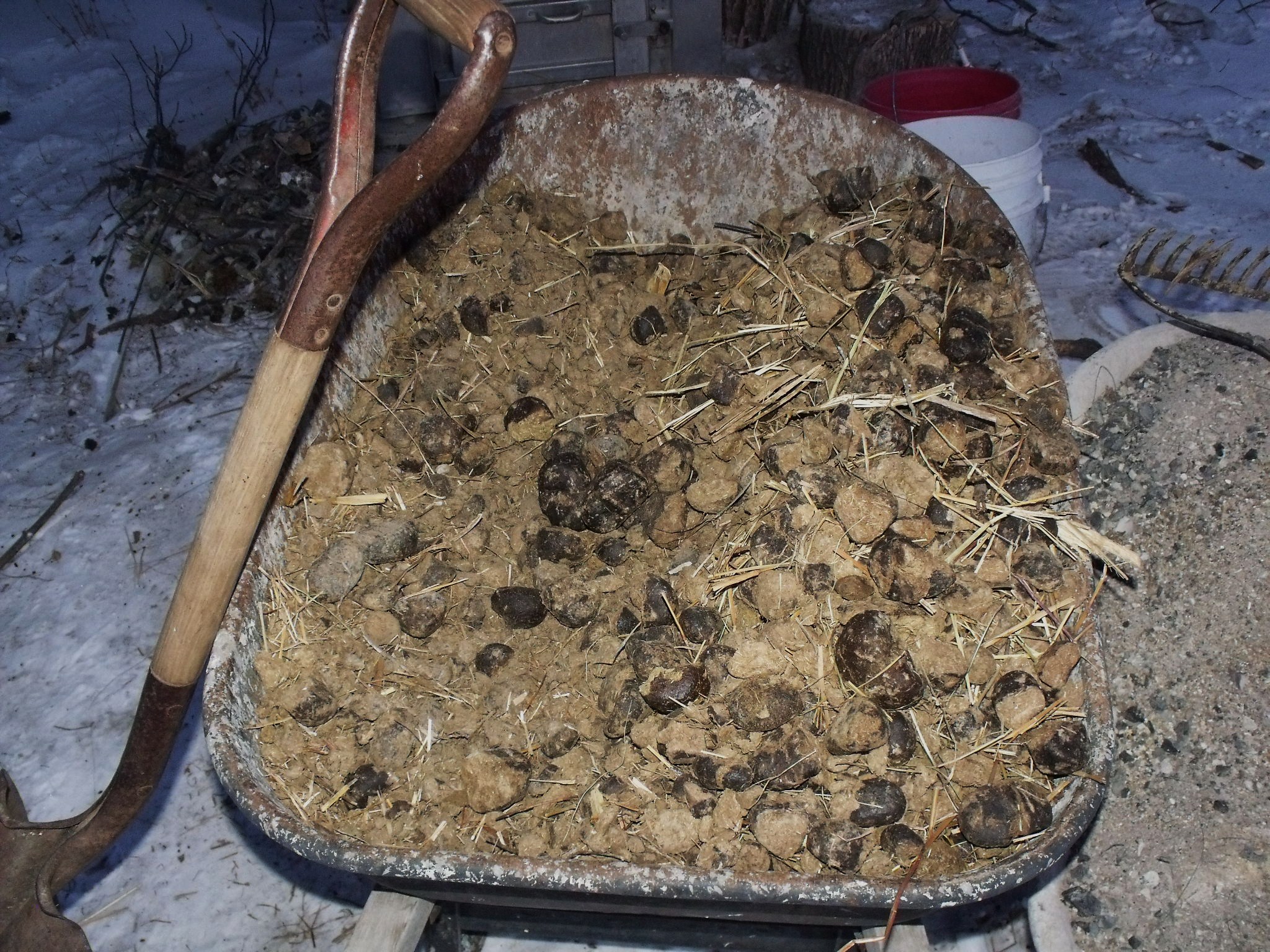
Utilizing horse manure as a garden amendment is a practice rooted in sustainability, providing a means to enrich the soil while contributing to a lush and thriving garden. As a natural byproduct, it offers an excellent source of nutrients that are essential for robust plant development. This method not only bolsters soil fertility but also improves its physical structure, leading to a healthier garden environment.
Optimizing Manure for Plant Nutrition
Converting manure into a high-quality garden amendment requires a process that ensures it is safe and effective for plant nourishment. Proper aging or composting is necessary to decompose organic materials and neutralize pathogens. The resulting compost can then be incorporated into garden soil or used as a mulch, providing a steady nutrient supply for plants.
- Nitrogen: Essential for vibrant foliage.
- Phosphorus: Key for robust roots and blooms.
- Potassium: Important for overall plant resilience.
Broader Horizons for Composted Manure
The application of composted manure extends beyond private gardens into larger agricultural and landscaping ventures. It serves as an effective soil amendment in various settings, contributing to healthier crops and more attractive green spaces.
New Frontiers in Manure Recycling
Innovative uses of horse manure are emerging, such as its conversion to biogas and its reuse as sanitized bedding material. These novel approaches contribute to a more sustainable cycle of resource use within the equine industry.
- Generating renewable energy via manure-based biogas.
- Reusing sanitized bedding in agricultural settings.
Community Connections in Composting
Collaborating with local entities like farmers and landscapers allows for the effective distribution of composted manure. Such partnerships promote a community-based approach to waste reduction and support a network of sustainable practices.
Fostering Shared Composting Initiatives
Engaging in community composting initiatives can magnify the benefits of manure recycling. These programs facilitate the exchange of composting knowledge and resources, fostering a collective commitment to environmental responsibility.
- Disseminating knowledge on composting techniques.
- Improving local access to premium compost.
- Advancing community-led waste management efforts.
Embracing a holistic approach to horse manure recycling can play a pivotal role in advancing sustainability. Integrating these eco-conscious methods into everyday stable operations has the potential to substantially lessen waste and enhance environmental quality.
Strategies for Effective Manure Handling in Equine Facilities
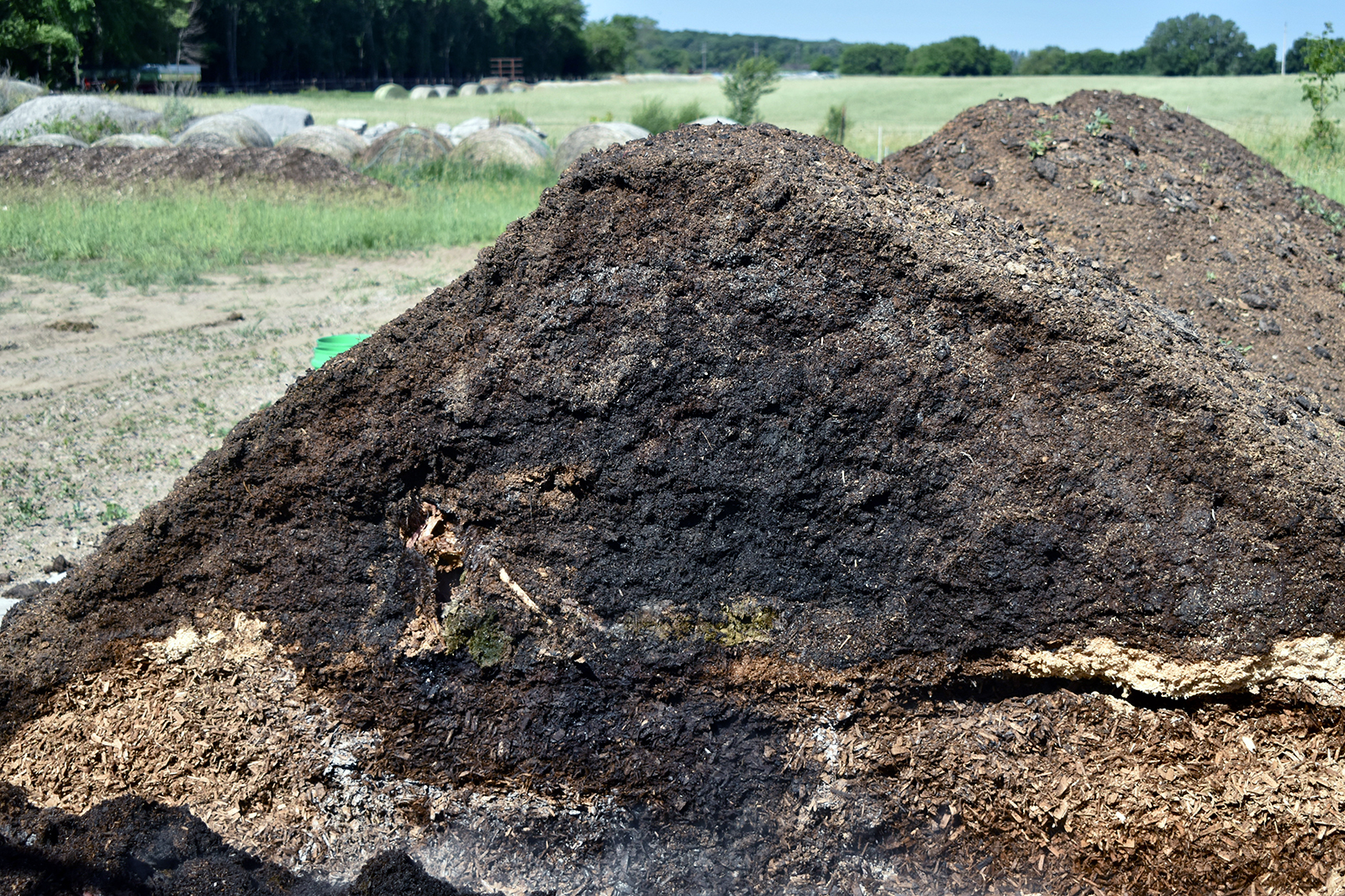
For horse facilities, developing a systematic approach to manure handling is essential for promoting environmental stewardship and aligning with regulatory expectations. A well-crafted manure management plan not only addresses the volume of equine waste but also optimizes collection methods, storage, and ultimate disposal or repurposing. Adherence to these strategies ensures equine operations enhance rather than detract from the environment.
Optimizing Manure Collection
Efficient manure collection is underpinned by daily practices that emphasize cleanliness and practicality. A structured method for removing manure from various areas within the facility is key to maintaining an effective waste management system. This involves:
- Implementing a regular cleaning routine to manage waste accumulation.
- Selecting the right tools and machinery for effective manure collection.
- Educating the workforce on established collection protocols for uniformity.
Intelligent Storage Strategies
Intelligent storage planning is a vital element of manure handling. Adequate storage solutions reduce nutrient runoff risk and securely contain manure for subsequent treatment or removal. Key factors to consider are:
- Choosing a location that minimizes environmental impact and avoids high-traffic zones.
- Opting for structures that provide convenient access and weather protection.
- Ensuring ample space to hold waste between disposal or processing times.
Effective Odor and Pest Reduction
Controlling odors and pests is an important facet of any manure management strategy. To address these challenges, plans should encompass:
- Consistent aeration of manure heaps to promote aerobic breakdown.
- Using covers that allow for airflow while containing odors.
- Adopting natural deterrents or safe pest control techniques.
Environmentally-Conscious Disposal and Repurposing
A comprehensive plan must also encompass responsible disposal or repurposing of manure. It should detail options like:
- Customized on-site composting methods depending on facility size.
- Creating mutually beneficial relationships with local agricultural entities for manure reuse.
- Coordination with professional services for manure removal where applicable.
Adherence to Environmental Regulations
Key to responsible manure management is the understanding and compliance with local laws and regulations. This involves:
- Securing the appropriate permits for manure handling.
- Keeping abreast of local environmental regulations and zoning requirements.
- Conducting educational sessions for staff and the local community on best management practices.
Diligent Documentation and Assessment
Accurate record-keeping is crucial to evaluate the success of manure management approaches. Records should detail:
- The quantities of waste gathered and disposed of.
- Monitoring compost maturity and temperature levels.
- Adjustments to the management approach as required.
Continuous Plan Refinement
An adaptive manure management strategy requires periodic reassessment to ensure its ongoing relevance and efficacy. It’s important to:
- Regularly assess the performance of current practices.
- Adapt based on changes in the facility’s size, environmental policies, or other relevant factors.
- Consult with experts to foster continual improvement.
Creating a comprehensive manure management plan represents a proactive commitment to both environmental care and operational effectiveness. By addressing each aspect of manure handling, from collection through to disposal, a facility can significantly minimize its ecological impact and set a standard for sustainable horse care practices.
Approaches to Equine Waste Management
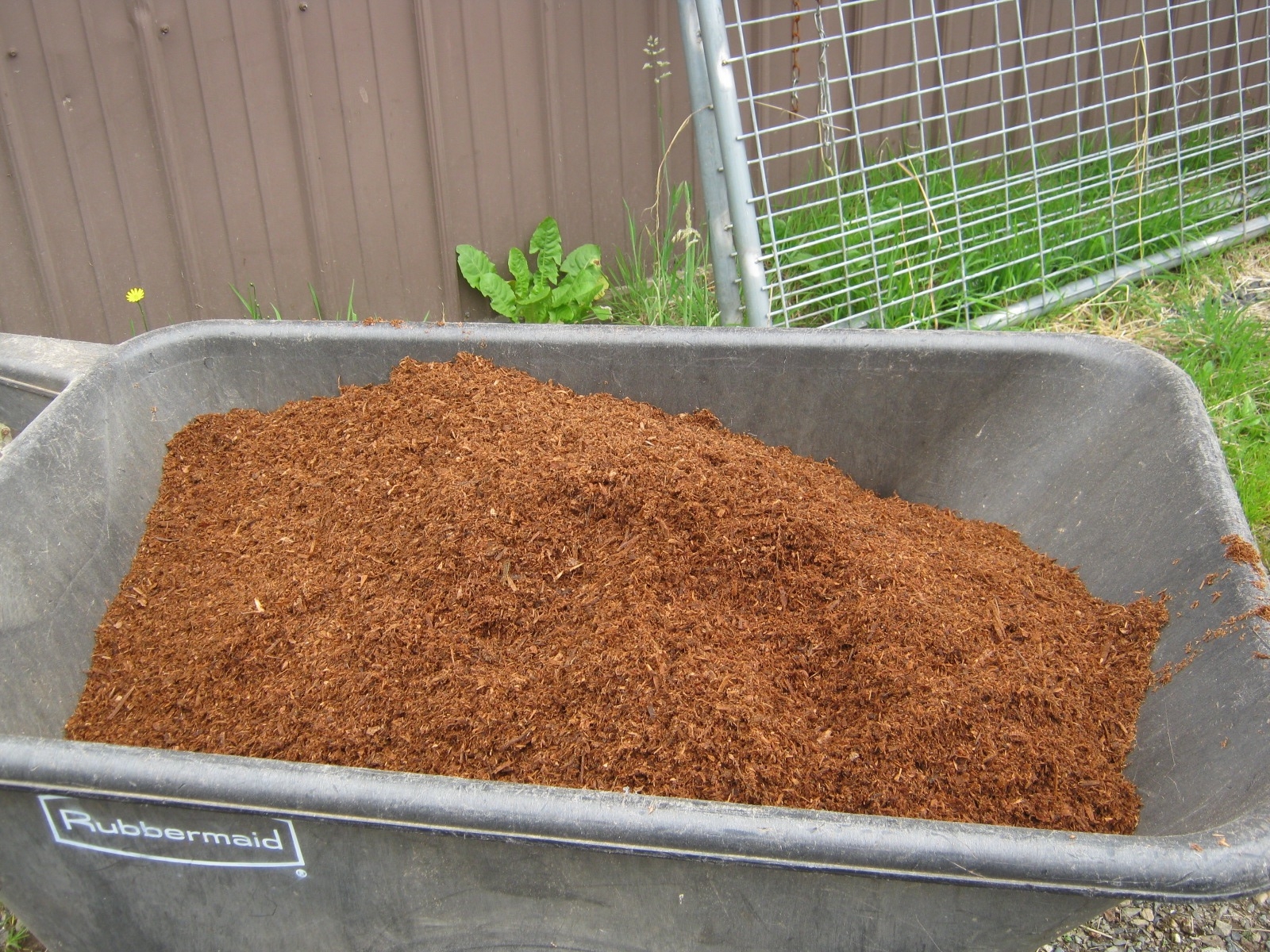
Equine facilities must adopt a multifaceted strategy for manure management that addresses environmental sustainability and complies with relevant regulations. Effective management of stable waste is a key contributor to ecological preservation and positive community relationships.
Aligning with Regional Practices
Navigating the intricacies of regional disposal methods is critical to managing equine waste responsibly. Facility owners must be cognizant of the local agricultural context to determine the most suitable waste management techniques.
- Ensuring adherence to regional guidelines governing manure disposal.
- Maintaining open communication with neighbors to foster good will.
- Investigating community programs that may offer support for waste repurposing.
Choosing the Right Disposal Method
Equine facilities must consider various factors, such as operational scale and environmental impact, to select an appropriate waste disposal method. A careful evaluation of the options enables the identification of an optimal solution.
Implementing On-Site Management
Facilitating on-site disposal methods allows for efficient and environmentally aligned waste management. These practices range from field application to constructing dedicated storage facilities and employing innovative vermicomposting techniques.
- Adapting land application techniques to meet soil nutrient requirements responsibly.
- Investing in infrastructure for centralized waste containment.
- Exploring vermicomposting as a means to expedite composting and generate byproducts.
Exploring External Disposal Avenues
Working with external partners can help distribute the responsibilities of waste management while fostering community engagement and innovation.
- Forming partnerships with composting services for waste transformation.
- Creating reciprocal agreements for manure redistribution with the local agricultural sector.
- Participating in waste-to-energy initiatives that align with renewable energy efforts.
Contributing to Local Agriculture
Manure management can be integrated into local agricultural practices, enhancing soil health and strengthening the bond between equine and farming industries.
- Evaluating manure nutrient profiles for suitability with agricultural demands.
- Establishing efficient transportation methods for manure to be used as fertilizer.
- Applying manure at appropriate rates to safeguard the environment and adhere to agricultural standards.
By adopting these diverse manure management strategies, equine facilities can effectively address the challenges of waste disposal. Tailoring these practices to the unique requirements of each facility ensures the well-being of the environment and promotes sustainable industry operations.
Progressive Approaches to Equine Waste Reduction
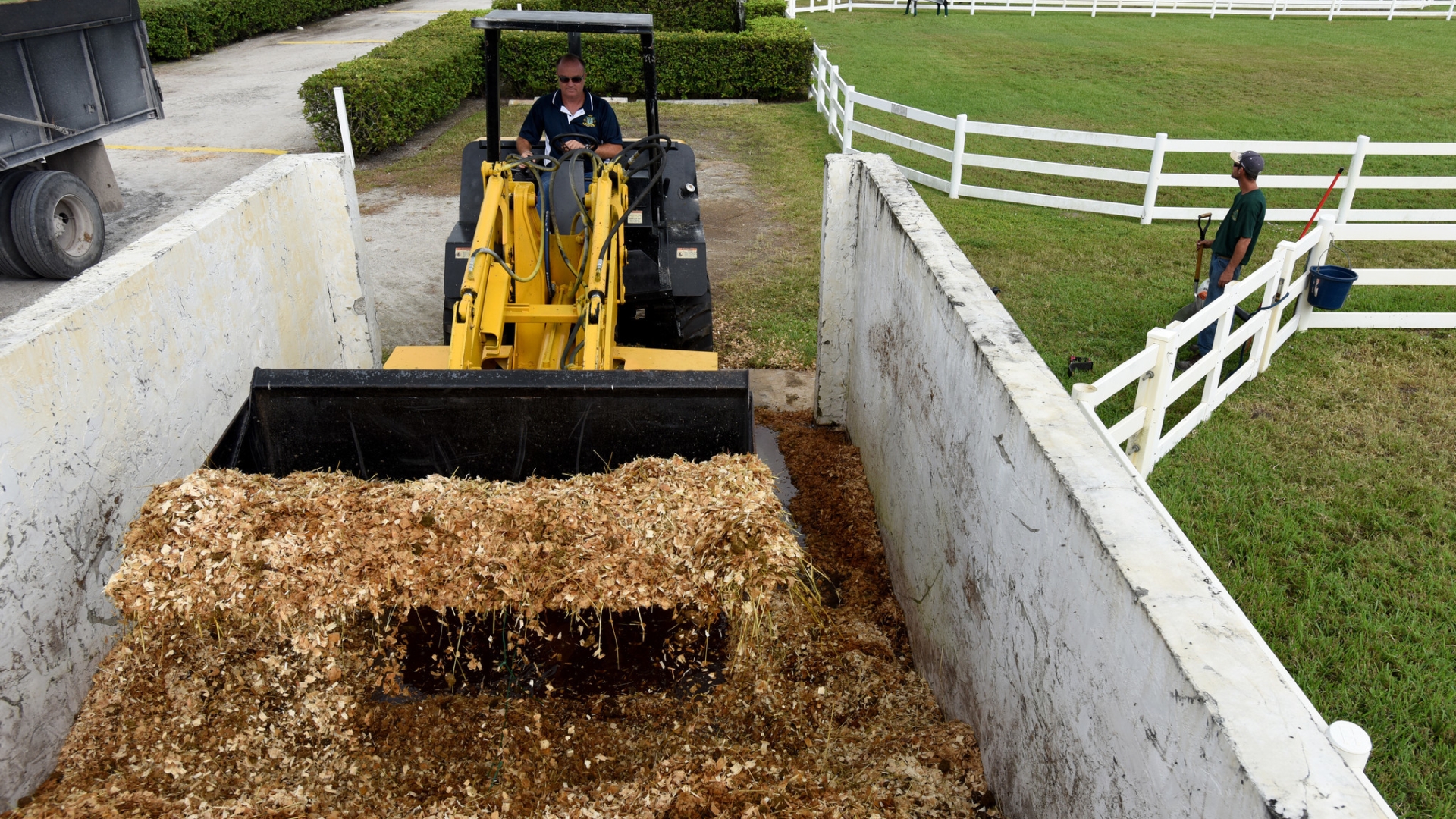
For equine facilities committed to sustainability, seeking progressive approaches to waste reduction is essential. Not only do these practices efficiently handle waste, but they also transform byproducts into useful resources, ultimately reducing the carbon footprint of stables and potentially lowering operational expenses.
Innovative Composting Methods
Modern composting techniques leverage new technologies to enhance the decomposition of organic waste. Equipment like in-vessel composters and aerobic digesters can significantly shorten composting time and improve the quality of the resulting compost. These scalable solutions can be effectively applied in a variety of stable sizes, promoting quick and efficient waste transformation.
- Speedy waste breakdown with in-vessel composting
- Boosted microbial activity through aerobic digestion
- Pathogen reduction with thermophilic composting methods
Converting Manure to Renewable Energy
Generating renewable energy from horse manure is an innovative way to repurpose stable waste. Anaerobic digestion processes can be adapted to contribute to a stable’s energy supply, creating a sustainable energy source while simultaneously decreasing waste volume. This self-sufficient energy approach can lower operating costs and enhance the facility’s green profile.
- Methane capture through anaerobic digestion
- Utilization of biogas for on-site electricity and heating
- Combining with other sustainable energy sources for an eco-friendlier operation
Minimizing Stable Waste Output
Proactive waste prevention is a key component of sustainable waste management. Implementing targeted strategies can minimize the production of stable waste. Tailoring feeding regimens to the specific dietary requirements of horses can result in more efficient feed use. Additionally, using bedding materials that generate less waste, or alternative materials such as peat moss or recycled cardboard, can contribute to waste reduction efforts.
- Feed optimization to minimize waste
- Selection of alternative, low-waste bedding options
- Regular health assessments to fine-tune diets and bedding preferences
By integrating these forward-thinking waste management practices, horse stables not only promote environmental conservation but also elevate their operational sustainability. As the equine industry evolves, the implementation of environmentally responsible waste solutions is increasingly imperative to ensure the longevity of equine activities in harmony with the planet’s health.
If you’re a horse owner, you know that managing your horse’s needs involves more than just knowing how to dispose of horse manure. Properly fitting a halter is essential for control and safety; learn the steps with our guide on how to make a horse halter. When it’s time for riding, understanding how to secure a bridle is crucial; get detailed instructions by checking out how to put a bridle on a horse. And for those moments when you need to move your equine friend, we have you covered with our tips on how to transport a horse. Explore these resources to ensure you’re providing the best care for your horse.
Conclusion
Key Takeaways for Responsible Horse Manure Disposal
Responsible horse manure disposal involves choosing the right method for your situation, whether it’s composting on-site or finding eco-friendly off-site options. Always consider the environmental impact and comply with local regulations.
Further Reading and Resources
For more information on manure management, consult local agricultural extensions, conservation districts, and environmental agencies. These resources can provide guidance tailored to your specific needs.



